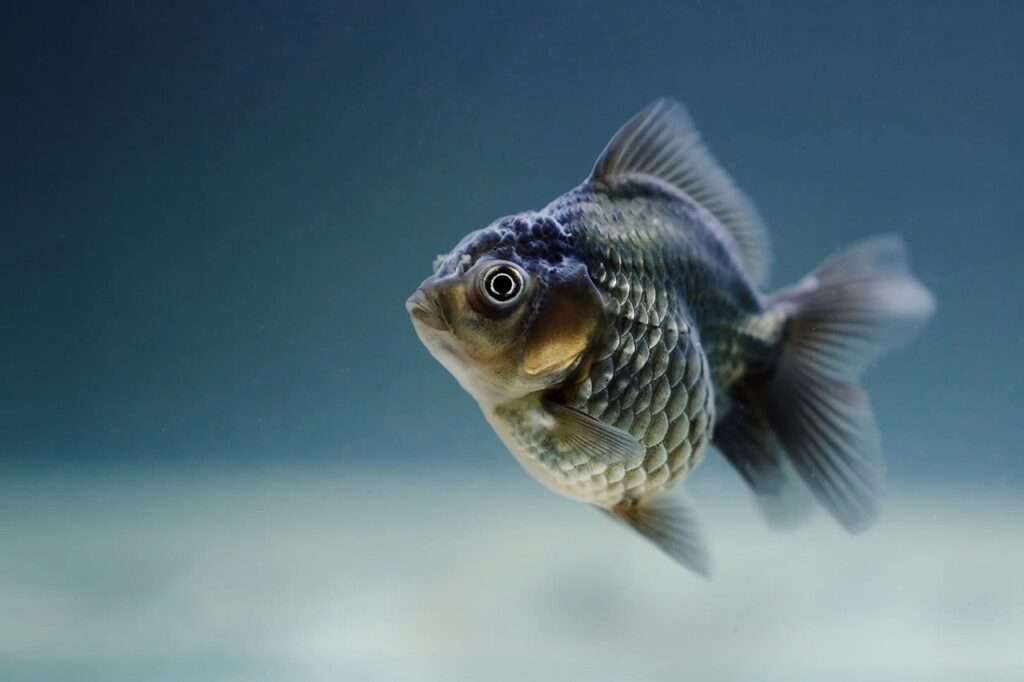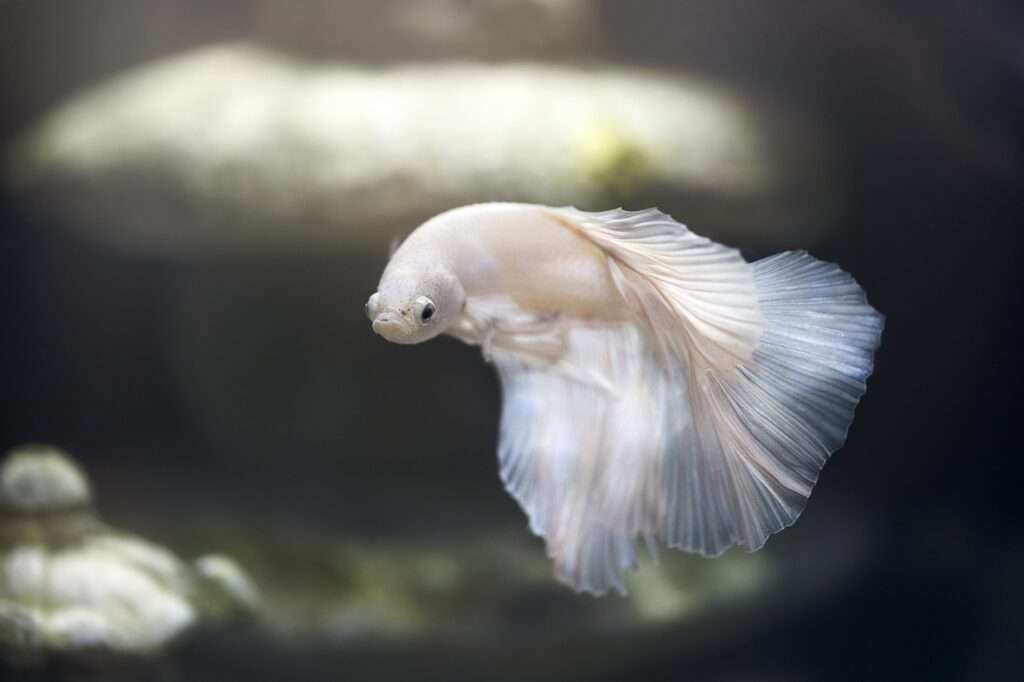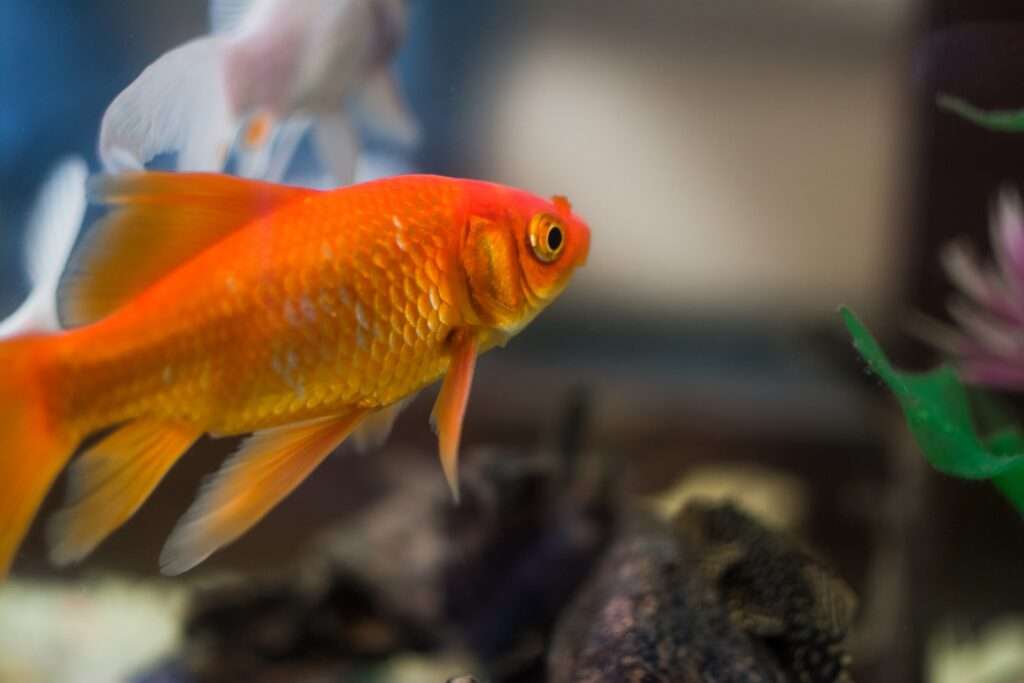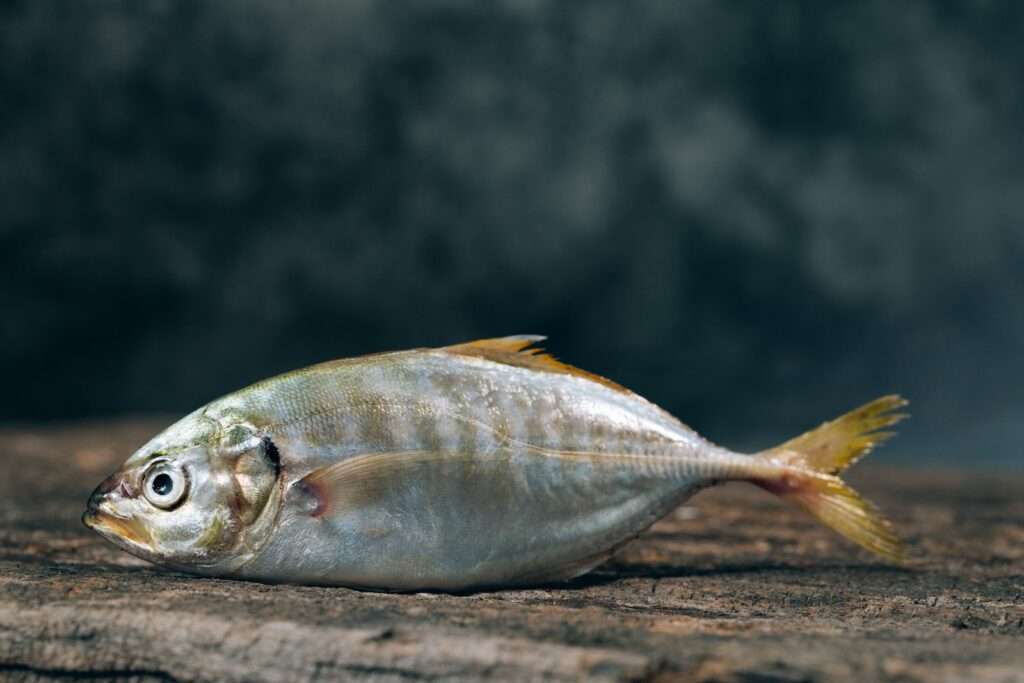Fish enthusiasts understand the importance of monitoring the activity and behavior of their aquatic friends. By observing their actions and reactions, potential health issues can be identified early on and appropriate measures can be taken to maintain optimal health. This article will discuss the significance of monitoring fish activity, provide tips on how to do so effectively, and address some frequently asked questions related to fish health.
Understanding normal fish behavior is the first step in monitoring their activity. Recognizing regular feeding, swimming, and resting habits helps establish a baseline for assessing fish health. By observing these patterns, any deviations can be detected, which may indicate underlying health problems. Behavioral changes often serve as early warning signs, enabling prompt intervention.
There are several effective ways to monitor fish activity. Visual observations are a simple yet valuable method. Spending time observing fish daily allows us to familiarize ourselves with their typical behavior. Pay attention to changes in swimming patterns, appetite, interaction with tank mates, or unusual hiding. Keeping a log of observations can help note any significant changes or recurring behaviors.
Technology can also be utilized to monitor fish behavior. Video surveillance through underwater cameras or smartphone applications allows for remote monitoring. Water quality sensors are another useful tool, as poor water conditions can affect fish behavior. These sensors measure parameters like temperature, pH, ammonia, and nitrate levels. Aquatic microphones can also be used to detect abnormal noises, such as gasping, which may signify respiratory distress.
Some common signs of stress or illness in fish include reduced appetite or refusal to eat, lethargy or lack of activity, abnormal swimming patterns, faded coloration or spots on the body, and frayed fins, rapid gill movement, or gasping at the water surface. Monitoring fish behavior daily or at least every few days is recommended to catch any potential issues early.
Specific behavioral changes to watch for in fish include aggression or excessive chasing, frequent scratching against tank objects, hiding for extended periods, gasping at the water surface, and erratic or disoriented swimming.
Poor water quality can indeed affect fish behavior. Monitoring water parameters regularly helps maintain a healthy aquatic environment. If abnormal behavior is noticed, it is essential to assess water quality parameters to ensure optimal conditions. Consulting a fish veterinarian or specialist is also recommended to discuss the observed changes and seek appropriate guidance. Quarantining the affected fish can help prevent the potential spread of diseases.
In conclusion, monitoring fish activity and behavior is crucial for maintaining their overall health and well-being. By familiarizing ourselves with their normal behavior patterns, recognizing abnormalities, and utilizing technology and observation techniques effectively, potential health issues can be addressed promptly. Regular monitoring, combined with proper care and a well-maintained aquatic environment, ensures happy and healthy fish.









